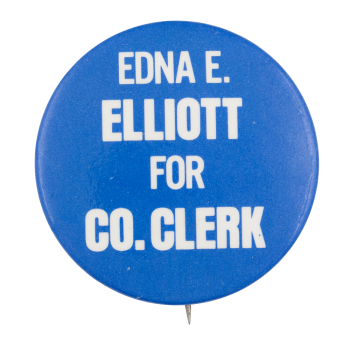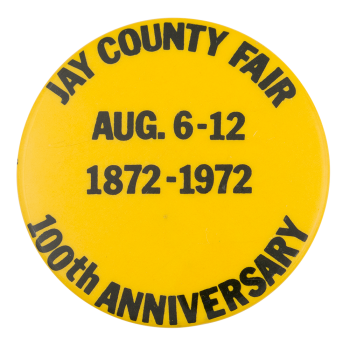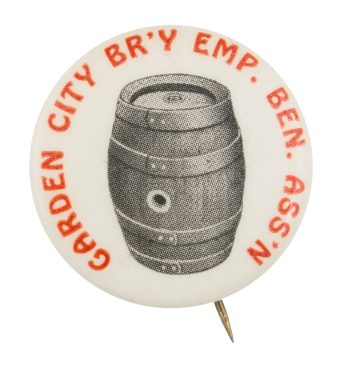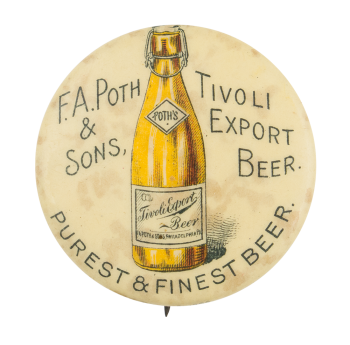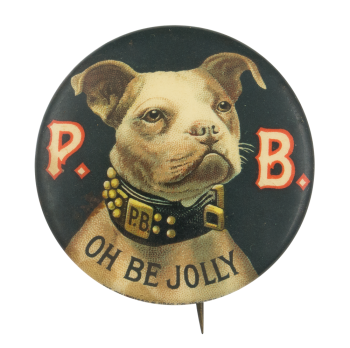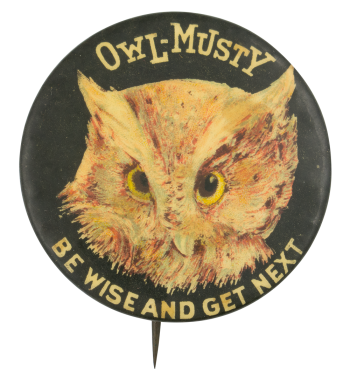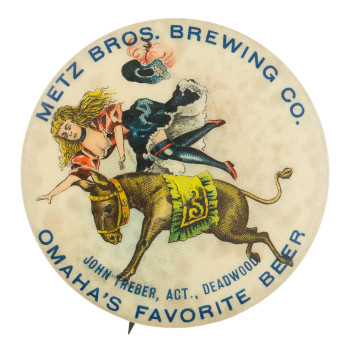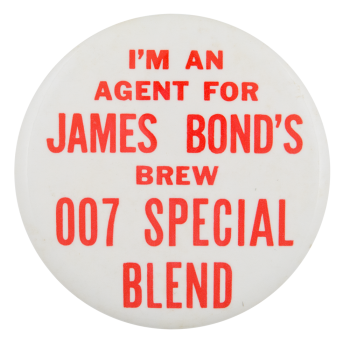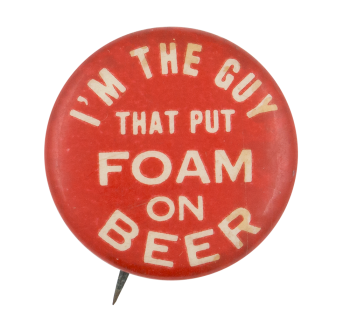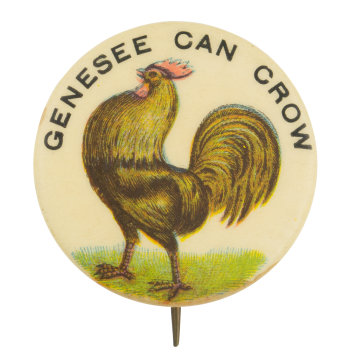Edna E. Elliott for County Clerk
| Category | |
|---|---|
| Additional Images | |
| Text on Button | EDNA E. ELLIOTT FOR CO. CLERK |
| Image Description | White text on a blue background |
| Back Style | |
| The Shape | |
| The Size | |
| Additional Information | Have more info on this button? Contact us here. |
| Catalog ID | PO0937 |

